Fiber
http://www.brushcreekwoolworks.com/collections/fibers/products/natural-morrit-brown-shetland-wool-roving
Yarn for Weaving
Harrisville makes two weights of Shetland wool yarn. The Highland is heavier, and for SCA purposes I would reserve it for cloaks or functional textiles (or for something where you want a bit more warmth or bulk). The Shetland yarn is a great weight for functional textiles (woven mittens, pouches, mats, possibly hoods or something like that). I highly, and I mean HIGHLY, recommend this yarn purchased as UNWASHED cones for new weavers. The unwashed yarn is smooth during weaving, which means the threads are less likely to hang up on their neighbors (which gives you a clean shed). Both weights work exceptionally well in rigid heddle looms and I have crafted many projects from this wool. The Shetland can be used for garments, but the resulting item would be much heavier, and have a much lower threadcount, than most of what we see in finds from the Viking era.
Another way to use this yarn as as an easy to manage warp for your own handspun weft.
My favorite vendor for hits is Halcyon Yarn. https://halcyonyarn.com/yarn/009/harrisville-shetland-yarn-_-unwashed-cones
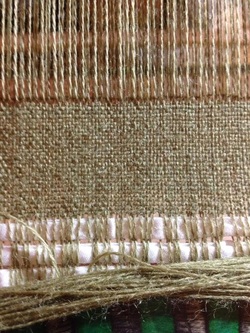 EPiC wool on the rigid heddle loom.
EPiC wool on the rigid heddle loom. I discovered this yarn early last year and fell in love. The problem is that the company disappeared before I could order enough to do a project with it. Well, we are lucky that Timeless Textiles have purchased the business and are offering this amazing yarn again.
This two-ply lightweight yarn is a true worsted wool. It is both smooth and strong and weaves very easily. It worked well at a sett of 20 for tabby on the rigid heddle loom when I sampled (and made a thick, almost canvas-like cloth at 25 for tabby). I also know many people who love this particular yarn for tablet weaving.
You can get more information in the company's Facebook page: https://www.facebook.com/timeless.textiles.sb2ollc/?fref=ts
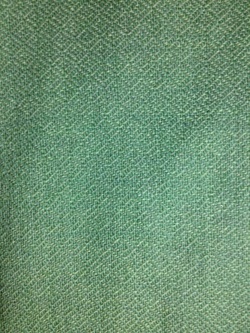 Handwoven fabric using 6/1 Faro yarn as the warp and a mill-end single for the weft.
Handwoven fabric using 6/1 Faro yarn as the warp and a mill-end single for the weft. Bockens and Borgs make wonderful yarns that are exceptional for weaving. They come in array of rich colors and can be worked into a number of items for reenacting use (including garments). The one issue you can run into is that often it can be difficult to get a large number of skeins on very short notice. It is good to plan larger projects well in advance so that there is time to get it from Sweden if need be.
Borgs 6/1 Faro wool yarn is a single ply yarn that works well at a sett of 20 or slightly higher for a twill. This is the yarn I used as the warp in my apron dress and I have played with it also as a brocading weft for tablet weaving. It is also often used as a tapestry wool. It can be a little sticky as warp, but I still consider it easy to use.
Borgs 20/2 Tuna wool yarn is both fine and strong. It is not sticky and works well for both tablet weaving and traditional weaving. I have only sampled with it (and used it for tablet weaving) but it would make a lovely fabric. This might be a good option for garment yarn for those who feel they are not quite ready to try weaving with singles.
Bockens 8/2 Mobelatta is very strong and has a bit of a sheen. It is great for functional textiles that will have a lot of wear and would also likely make a wonderful shawl or outer garment.
You can find these yarns at the following vendors (I use all of them and they are great):
Vavstuga Weaving School: http://vavstuga.com/
Glimakra USA (Borgs only): http://glimakrausa.com/
Loan Star Loom Room: http://www.lonestarloomroom.com
Mill Ends
The weft in my handwoven aprondress was a large cone of mill end wool yarn that was gifted to me by a friend. (It is the same wool I used for my Dublin scarves.)
I have resourced these types of wool from two sources. One is WEBS (http://www.yarn.com/mill-end-weaving-yarns/). This vendor does not always stock yarns that meet our needs, but I purchased some there this fall that is exceptionally nice and will work very well for garments. Look at the Yorkshire 30s yarn if it is still there (and then be in awe of the price, it is a fantastic deal).
The other resource that I positively love is ColourMart in the UK. This vendor carries a massive supply of yarn including some incredibly fine wools (and silks as well). I highly recommend getting on the email list to be advised of sales. And, if you are purchasing a large amount of yarn for weaving garments, make sure you change the items to larger cones at check-out, as you will save your self a good deal of money. I have loved every yarn I have gotten there (especially the 1/13 wool and the 1/20 Merino/Cashmere). http://www.colourmart2.com/products/rootProducts.php
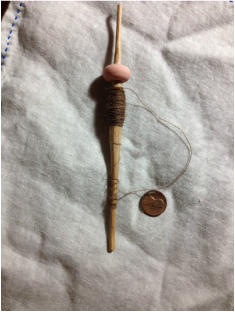
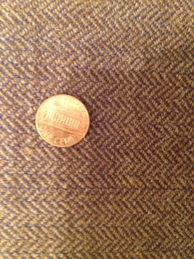
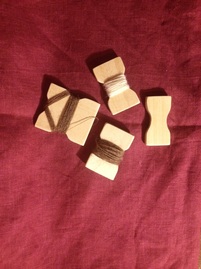
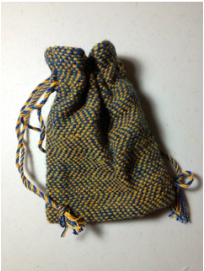
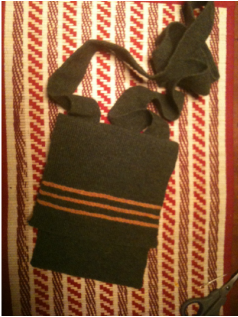
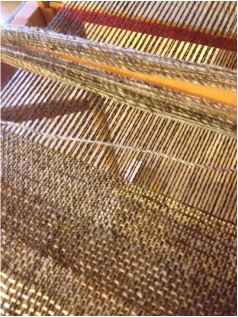

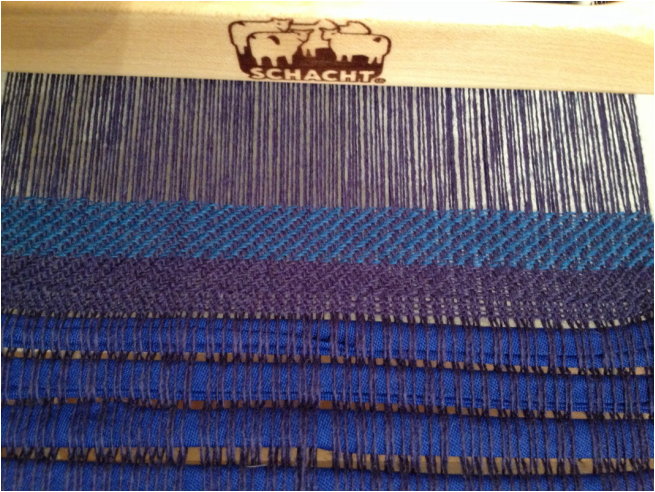
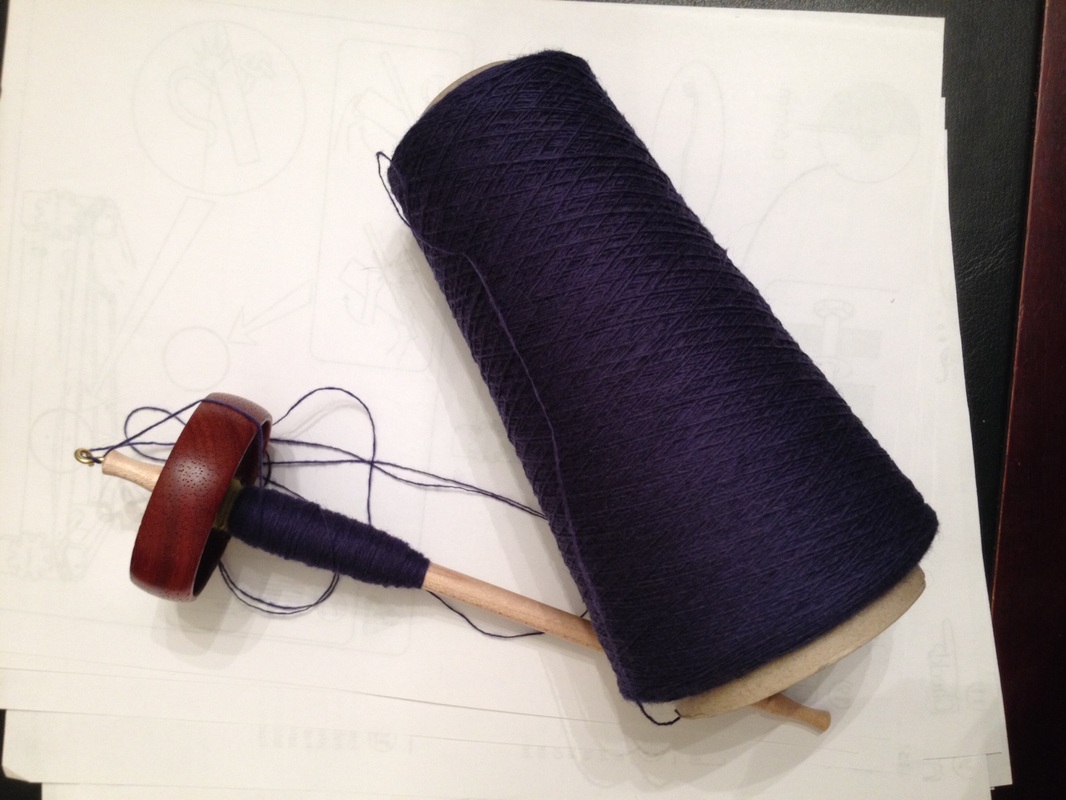
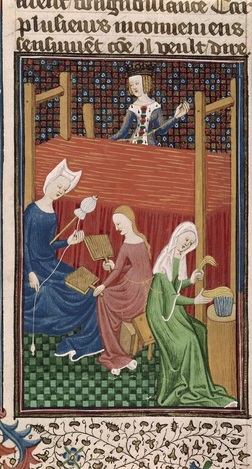
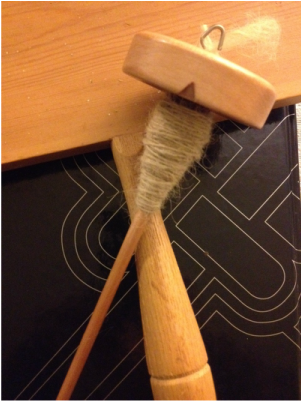
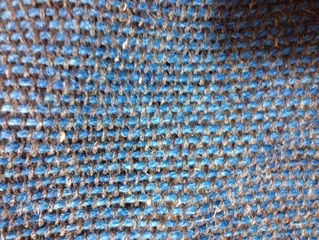
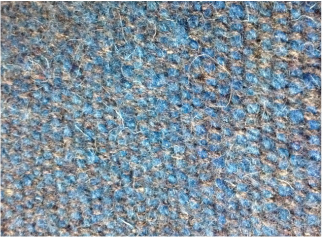
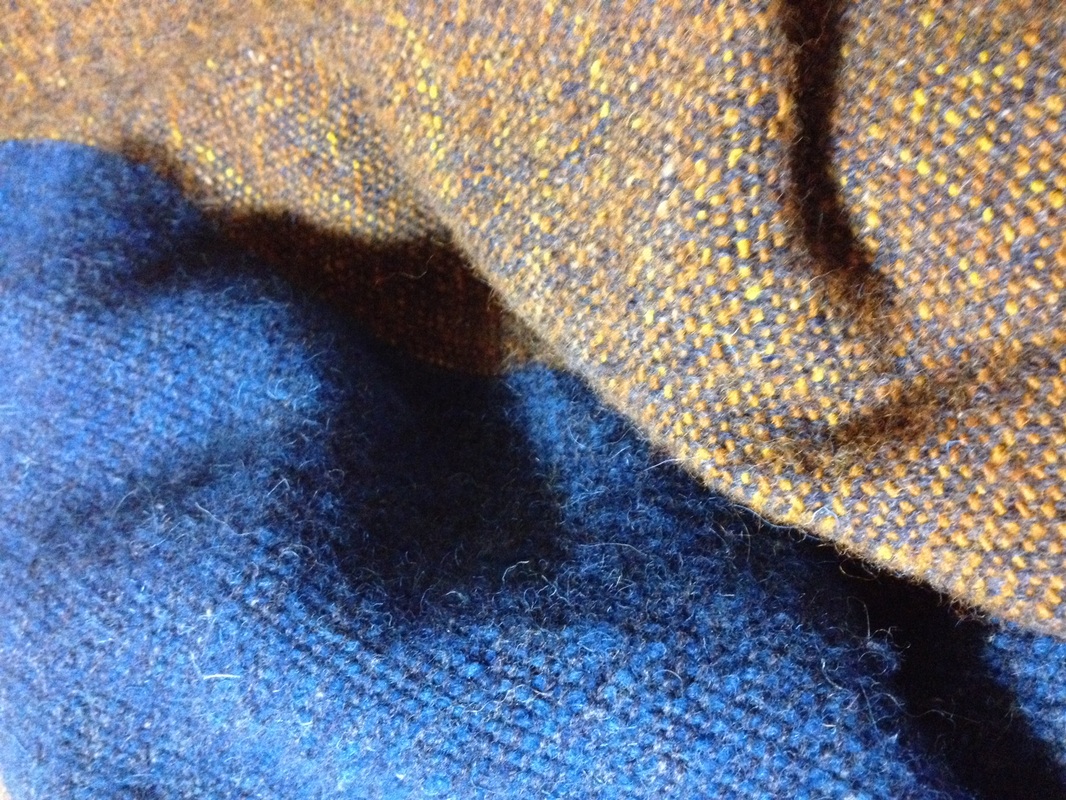
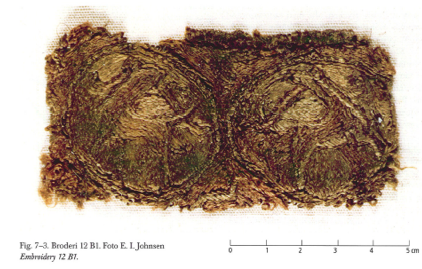
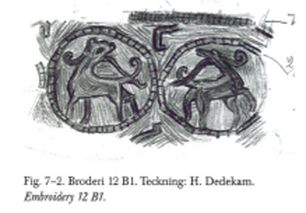
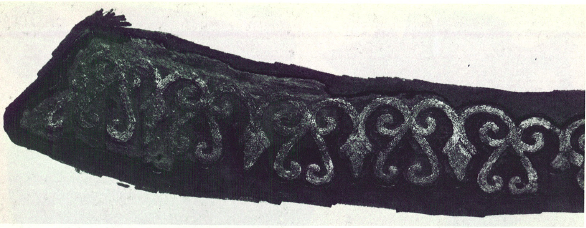
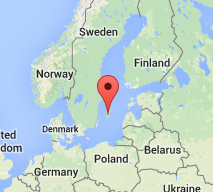
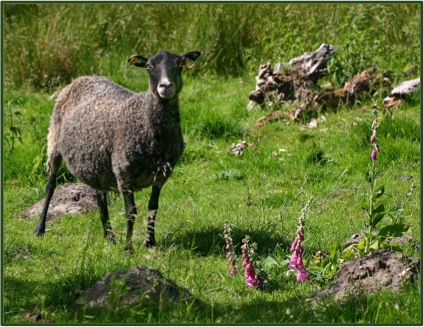
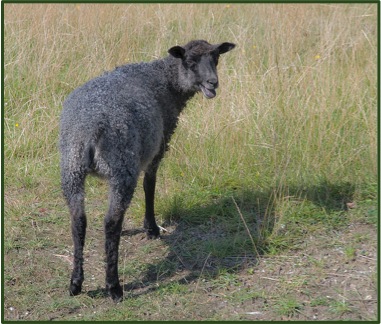
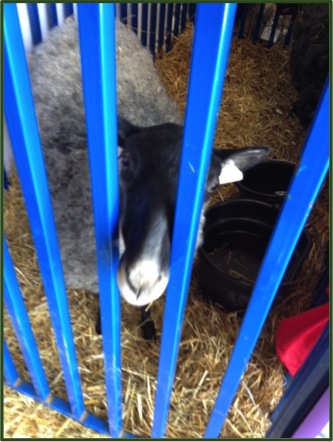
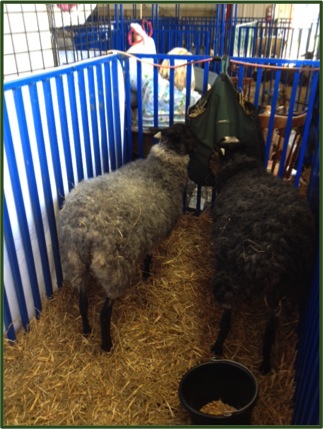
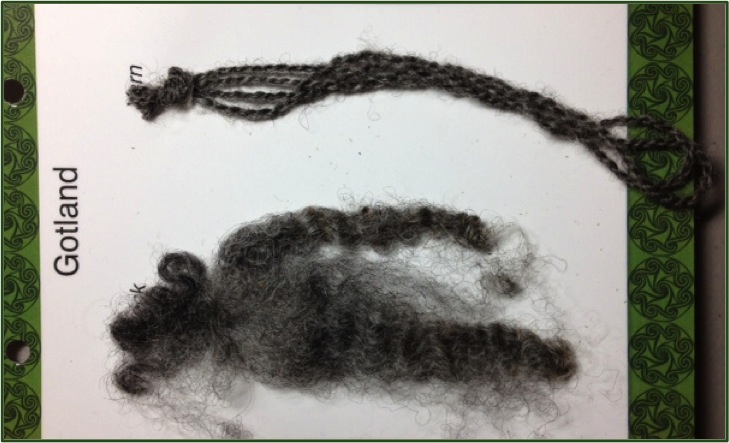
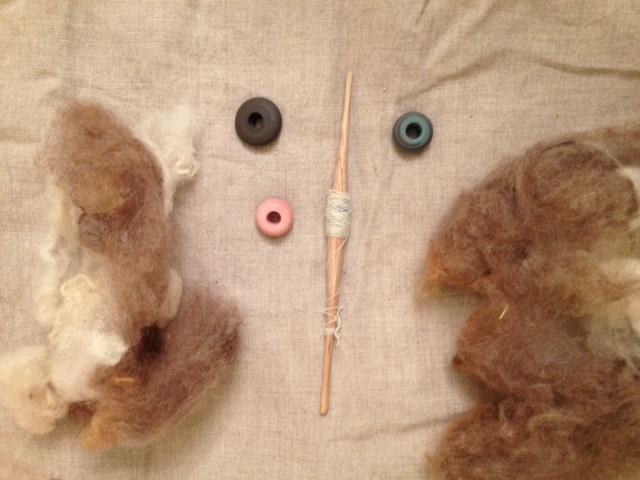
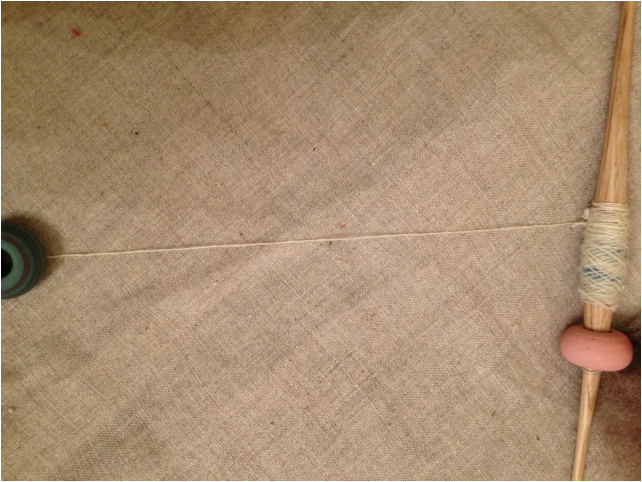
 RSS Feed
RSS Feed